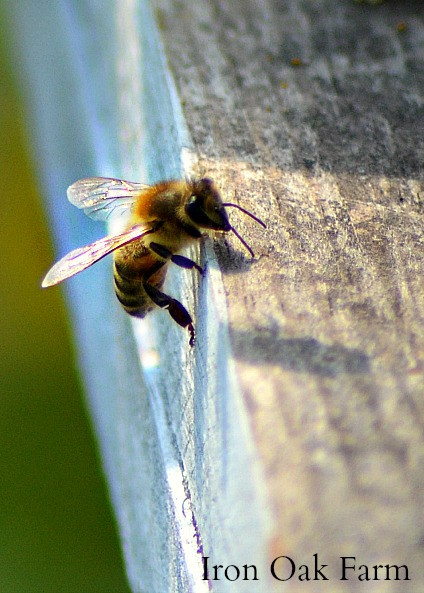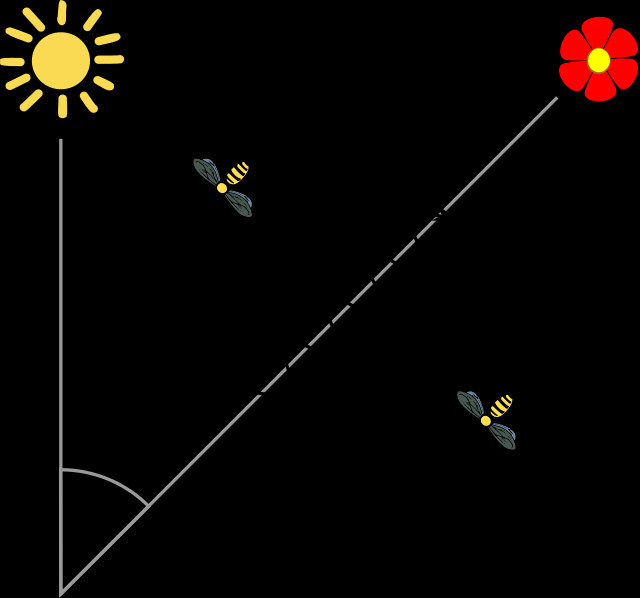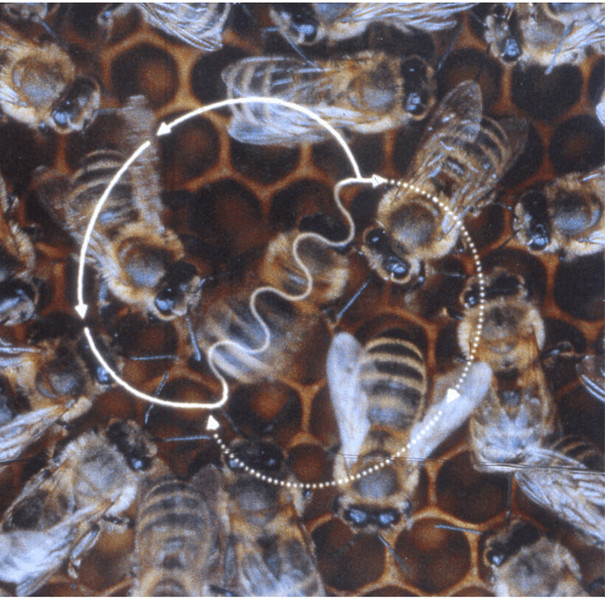Language is a fascinating aspect of the animal kingdom, and while we often consider ourselves the most sophisticated communicators, this might stem from our inability to understand the nuanced messages other species send. Animals frequently communicate in ways too subtle for human perception. Consider the honeybee, for instance; their language encompasses pheromones, body language, and perhaps most intriguingly, The Dances.
Through the dances, bees can convey remarkable information. They can communicate distance, food availability, and direction, among other vital details. Let’s delve into the captivating world of honeybee communication and explore three primary dances: the Waggle Dance, the Tremble Dance, and the Round Dance.
 Golden Retriever barking, illustrating animal communication
Golden Retriever barking, illustrating animal communication
The Waggle Dance: Mapping Out Distant Treasures
The Waggle Dance is arguably the most recognized bee dance, particularly among beekeepers. This intricate dance follows a figure-eight pattern. The bee moves in a circle to the right, then upon returning to the starting point, it traces a circle to the left, incorporating a “waggle” motion during the straight run between the circles.
 Diagram illustrating the Waggle Dance pattern of a honeybee
Diagram illustrating the Waggle Dance pattern of a honeybee
Scientists, employing delicate tracking technology, have meticulously studied this dance and discovered that the Waggle Dance serves to inform fellow hive members about the location of a valuable food source. It’s understood that the dance communicates both the direction and the distance of the food relative to the hive.
Researchers have found that the angle of the straight “waggle run” in the figure-eight, relative to the sun’s position, indicates the direction of the food source. The intensity and duration of the waggle, along with the number of circuits completed, are believed to convey the distance to the food. The more vigorous and longer the waggle, the farther away the food source.
 Bees performing the Waggle Dance to communicate food source location
Bees performing the Waggle Dance to communicate food source location
The Waggle Dance is primarily employed when bees need to communicate food sources located at a considerable distance from the hive, typically beyond 40 yards.
The Round Dance: Announcing Nearby Food
Similar to the Waggle Dance, the Round Dance is another circular movement utilized by foraging bees. However, this dance signals the presence of food sources closer to the hive, generally within a 40-yard radius.
The Round Dance is characterized by its circular nature, but it lacks the distinctive figure-eight pattern of the Waggle Dance. Instead, it consists of small loops that change direction periodically. It’s generally accepted that this dance does not convey directional information, only proximity.
A forager bee, upon returning to the hive laden with food, will distribute its bounty to hive mates and then perform this Round Dance. This behavior is interpreted as the bee communicating, “Food is here, and it’s nearby!”
The Tremble Dance: Signaling Overload at the Hive Entrance
This unique dance, the Tremble Dance, can last for as long as 30 minutes. A bee performing this dance shakes or trembles while moving in a line across the honeycomb. Approximately every minute, the bee alters its body orientation by about 45 degrees.
The Tremble Dance serves a different purpose from the food-source dances. It communicates a need for additional help in processing returning forager bees. Forager bees gather pollen and nectar, and upon their return to the hive, they transfer these “groceries” to receiver bees stationed at the hive entrance. When the influx of foragers overwhelms the receiver bees, the Tremble Dance is performed. This signals to other bees within the hive to cease their current tasks and assist at the entrance, effectively increasing the workforce to handle the incoming resources.
By understanding the dances of honeybees, we gain a deeper appreciation for the complex communication systems present in the natural world. These intricate movements are not just random actions; they are a sophisticated language that allows bees to thrive and coordinate their colony’s survival.

